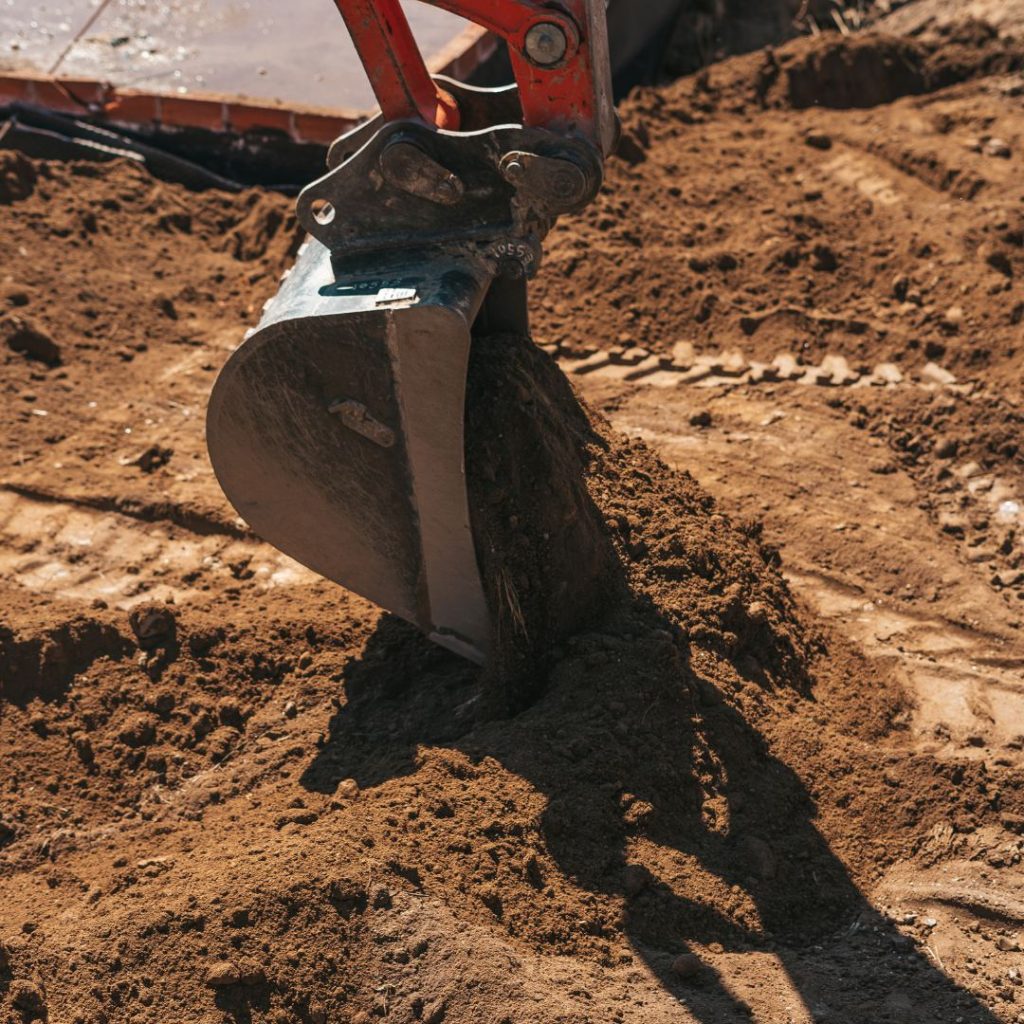World Soil Day: We urgently need to limit our soil consumption

According to calculations by the environmental protection organization, up to 13 hectares of natural soil are built on and used every day in Austria, including forest roads. In 2022, this amounted to 4,755 hectares - more than the area of Lake Attersee. Environmental protection organizations are calling on the federal government, provinces, cities and municipalities to adopt an ambitious soil protection strategy this year with a clear target of 2.5 hectares per day by 2030. Today's World Soil Day highlights the importance of intact soil for our survival.
The wonder of the earth
"A teaspoon of soil contains more organisms than there are people living on earth. Our subsoil is home to almost 60 percent of all species - from small soil microbes and earthworms to rabbits that build underground burrows and entire cave systems. Yet this wondrous habitat is being suffocated for profit not only in Austria, but worldwide. We are literally pulling the rug out from under our own feet," says Sebastian Theissing-Mateil, agricultural expert at Greenpeace in Austria.
Healthy soils are not only our most important allies against the biodiversity crisis
They are the basis of our food supply, purify water and air, protect us from floods and heat waves and act as a natural carbon sink. The humus layer of the soil stores three to four times as much carbon as the above-ground plant world of trees, shrubs and grasses - and more than twice as much as the atmosphere. However, when soil is intensively cultivated, compacted or covered with an air-impermeable layer of asphalt or concrete, it can no longer fulfill many of these important functions.
New calculations on land consumption
Just last Friday, new calculations on soil consumption and soil sealing were published, which also confirm the WWF's long-standing warnings. "As the new calculations show, around 330 square meters per capita are sealed in Austria - over 20 percent more than previously assumed. At the same time, politicians are trying to relativize the wasteful use of Austria's soils and whitewash the irresponsible concrete policy of the federal government, provinces and municipalities," criticizes WWF soil protection spokesman Simon Pories.
Soil protection strategy demanded by environmental organizations
As early as 2002, the Austrian government set itself the goal of reducing soil consumption to 2.5 hectares per day as part of its sustainability strategy. The current government program (2020-2024) also provides for such a reduction by 2030. However, the ÖROK (Austrian Conference on Spatial Planning) has yet to adopt the Austrian soil protection strategy. The specific soil protection target is a major point of contention between the federal government, the federal states and the Association of Towns and Municipalities.
Intact soils are among our most important allies in the fight against the climate and biodiversity crisis: "It is therefore negligent to put soil protection on the back burner while new roads and logistics centers are being pushed through against all odds." The WWF is therefore calling in particular for the greening of spatial planning and the tax system as well as a nature conservation offensive. "New shopping and business parks on greenfield sites destroy nature and town centers alike and increase the urban sprawl of rural areas. This has high consequential costs for society as a whole," warns Simon Pories from WWF. "Stricter rules are therefore needed in spatial planning. In addition, nature as a whole must be better protected and environmentally harmful subsidies must be reduced."
"A soil protection strategy without a clear target value is a license for even more concrete. But sealed soil needs centuries to regenerate and become a fully-fledged habitat and carbon sink again. There is no more time for blocking and delaying: in view of the climate and species crisis, we need to achieve a turnaround in soil protection policy as quickly as possible. The federal government, federal states, cities and municipalities must adopt an ambitious soil protection strategy with a clear target by 2023," says Theissing-Matei from Greenpeace.
We already have many articles on the problem of land consumption that are well worth reading.






